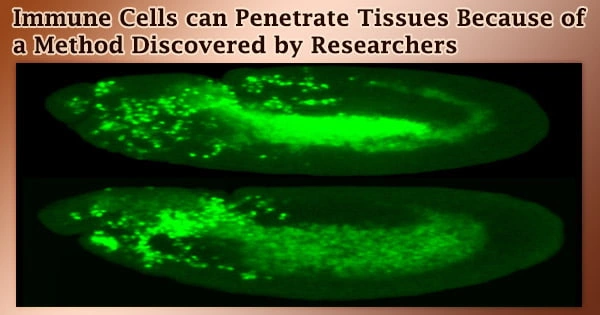If you read food labels, you’ve probably come across xanthan gum (/ˈzaenθən/), which may be found in everything from yogurt to baked goods to salad dressing. Xanthan gum is a thickening, emulsifying, and stabilizing substance that keeps components from separating.
Xanthan gum is frequently used in processed foods, which account for about 70% of the average American diet. Because of its unusual capacity to make liquids more viscous, it is frequently employed as a thickening.
Sugar is fermented by a bacteria called Xanthomonas campestris, which produces it. The bacterium that causes black rot on broccoli, cauliflower, and other green vegetables is the same one that causes it. When sugar is fermented, a soup or goo-like fluid is produced, which is solidified by adding alcohol. After that, it’s dried and ground into a powder.
Allene Rosalind Jeanes and her research team at the US Department of Agriculture discovered xanthan gum, which was commercialized by CP Kelco under the trade name Kelzan in the early 1960s.
With the E number E415 and CAS number 11138-66-2, it was approved for use in foods in 1968 and is recognized as a safe food additive in the United States, Canada, European countries, and many other countries.
While xanthan gum is generally considered safe, our results suggest that its widespread consumption may be enriching our microbiomes for bacteria that consume it. Our study is the first step in understanding how new food ingredients could be changing our microbiomes and whether these changes are good or bad. This may be especially important for people who consume above-average amounts of xanthan gum, such as people with celiac disease and those following gluten-free diets.
Matthew Ostrowski
When xanthan gum powder is mixed with water, it disperses fast and forms a viscous, stable solution. For many products, this makes it an excellent thickening, suspending, and stabilizing ingredient.
The ability of the human gut microbiome to digest this recently introduced food ingredient is investigated in a new study led by Matthew Ostrowski, Ph.D., and Eric Martens, Ph.D. of the University of Michigan Medical School Department of Microbiology and Immunology, and Sabina Leanti La Rosa, Ph.D. and Phillip Pope, Ph.D. of the Norwegian University of Life Sciences.
Xanthan gum processing appears to be driven by a single microbe, a Ruminococcaceae bacteria that breaks down the carbohydrates in the gum.
Bacteroides intestinalis, a distinct gut bacterium, feeds on the Ruminococcaceae bacterium’s smaller carbohydrates. Short-chain fatty acids are produced by bacteria when they consume xanthan gum, which have a function in intestinal health and can contribute to total calorie intake.
Furthermore, the genetic markers of these gut bacteria are almost non-existent in samples from non-industrialized countries’ microbiomes, implying that widespread intake of the food additive could actively modify the gut microbiome.
The researchers also discovered that mice microbiomes can handle xanthan gum, suggesting that the ability to do so was already present in the mammalian gut to some extent.
Ostrowski states, “While xanthan gum is generally considered safe, our results suggest that its widespread consumption may be enriching our microbiomes for bacteria that consume it. Our study is the first step in understanding how new food ingredients could be changing our microbiomes and whether these changes are good or bad. This may be especially important for people who consume above-average amounts of xanthan gum, such as people with celiac disease and those following gluten-free diets.”
















